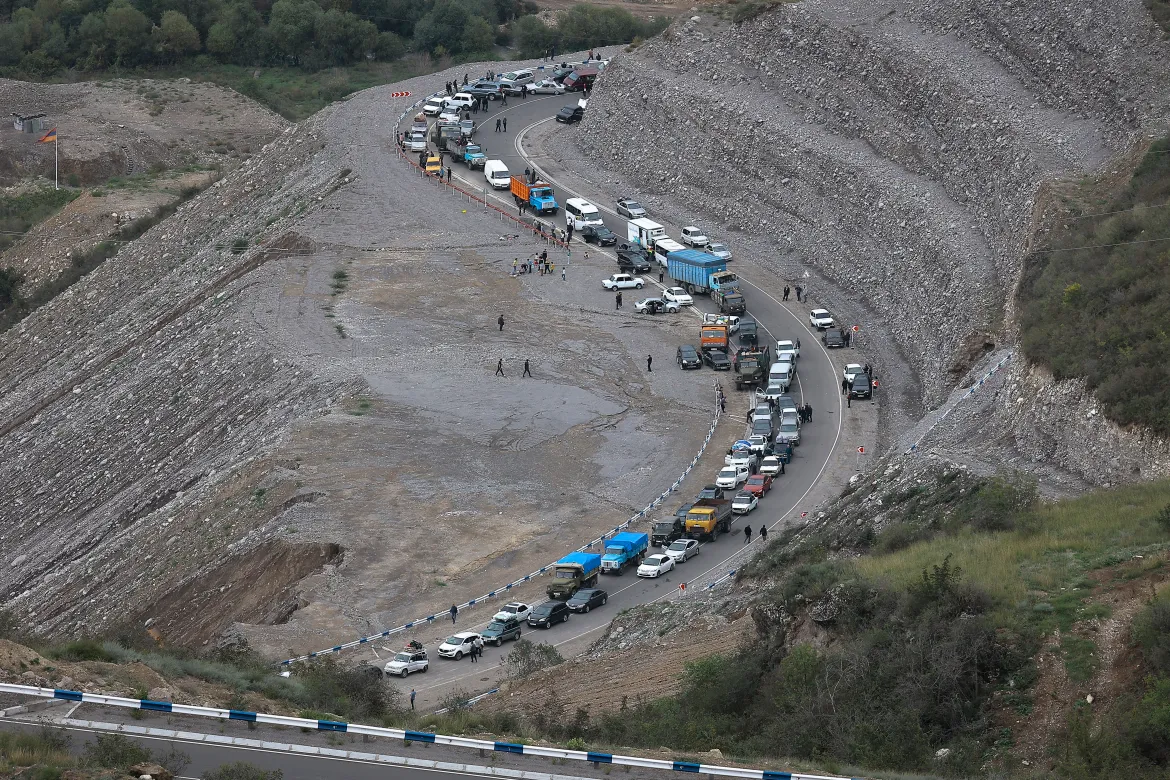By Terpsi Vasilopoulou,
In the past weeks, news has been flooded with the escalation of developments concerning the Armenian and Azerbaijani conflict that has been re-heated over the Nagorno-Karabakh area. People around the world are stunned by the violence caused by the tension between the two countries as well as all of that the people in the region have suffered.
Nagorno Karabakh is an area of great cultural and historical significance for both the Armenian and Azerbaijani states located in the South Caucasus. After the fall of the Soviet Union in 1991, despite its population being predominantly Armenian, the region was declared a self-governing area of Azerbaijan. After the complete dissolution of the USSR people of the region started armed operations to be integrated into Armenia, which soon led to the Armenia and Azerbaijan war. In 1994 there was a ceasefire with Armenia not only gaining control of Nagorno Karabakh but also an additional territorial 20% of Azerbaijan. However, the region never stopped being internationally recognized as Azerbaijani territory (UN decisions 2008) even though it was essentially being controlled by a separatist group run by ethnic Armenians with support from the Armenian government. In 2020 conflict rekindled with the attack of Azerbaijani forces in the region in what they called an “anti-terrorist operation” to drive out Armenian militants. The war lasted for 44 days and resulted in the victory of Azerbaijan after Russian peacekeepers brokered a cease-fire between the two countries, with the defeat igniting anti-government protests in Armenia. As part of the cease fire Armenian forces in the region were disbanded and disarmed, while the governments would start conversions on how the region and its 120,000 Armenians would be interpreted into Azerbaijan.

However, the integration has not followed the plan of discussions. Three years later Azerbaijan has started operating a form of ethnic cleansing in the area displacing Armenians and forcing them out of the area. At least 19,000 ethnic Armenians of Nagorno-Karabakh have fled to Armenia with thousands more trying to find their way out of the region. Testimonies of refugees have mentioned the cut of electricity, water, gas, or diesel in the area making it unable for Armenian households to function properly. Azerbaijani police also arrested Armenians without any actual reason with images from the area showing people fleeing in lorries, buses, and cars. Living conditions have become insufferable for Armenians who are truly being tormented by the Azerbaijani military forces and are left with no other choice than to leave their homes. Children are dying, women are being raped and men are killed and arrested every day.
With all this conversation going around, the Azerbaijani government has denied all accusations. It is crucial that further investigation into the conflict and casualties is done and for sanctions to be imposed on the responsible parties. At the same time, the international community should be further informed and mobilized to help the ones in need.
References
- The Nagorno-Karabakh Conflict: A Visual Explainer. (2023). Crisis Group. Available here
- Jazeera, A. (2023). Thousands of ethnic Armenians flee from Nagorno-Karabakh. Migration News | Al Jazeera. Available here
- Bigg, M. M., & Nechepurenko, I. (2023). The Fight Between Armenia and Azerbaijan, Explained. The New York Times. Available here




